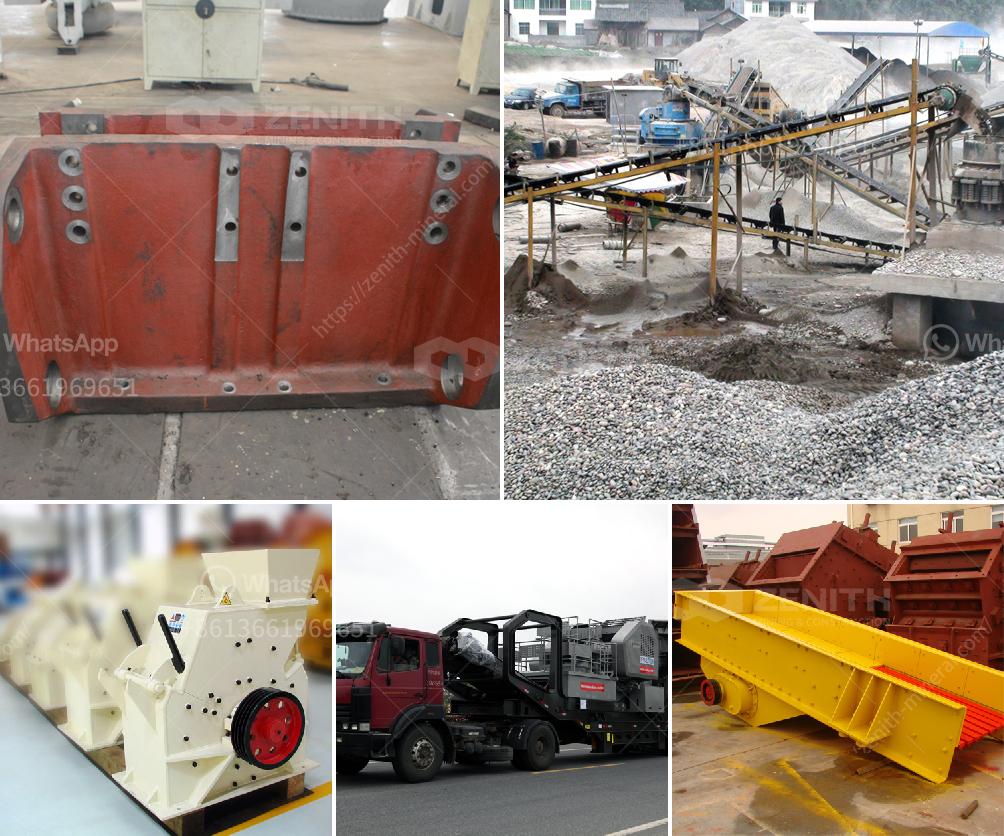Setting up a vertical mill can seem daunting, but by following these steps, you can ensure a proper setup. Here’s a general guide to help you get started:
-
Read the Manual:
- Before you start, thoroughly read the instruction manual provided by the manufacturer. Each mill may have specific requirements and instructions.
-
Safety Precautions:
- Wear proper personal protective equipment (PPE) such as safety glasses, gloves, and hearing protection.
- Ensure the work area is clean, well-lit, and free of obstructions.
-
Rigging and Placement:
- Securely transport the mill to your desired location using appropriate lifting equipment.
- Place the mill on a stable and level surface. Use anti-vibration pads if necessary.
-
Electrical Connections:
- Ensure the mill’s power supply matches your shop's electrical output.
- Have a certified electrician connect the mill to the power source according to the manufacturer's specifications.
-
Leveling the Mill:
- Use a precision level to check the mill’s base. Adjust leveling screws or shims until the mill is level in all directions.
- Recheck the level after any adjustments.
-
Lubrication:
- Follow the manufacturer's guidelines to lubricate all moving parts of the mill. This might include the spindle, lead screws, and ways.
-
Mounting the Vise:
- Clean the mill table and the base of the vise to ensure a secure and accurate fit.
- Bolt the vise onto the mill table securely. Use a dial indicator to ensure the vise is aligned precisely.
-
Tooling Setup:
- Install the appropriate collet or tool holder into the spindle.
- Secure the cutting tool firmly, ensuring it’s properly aligned.
-
Tramming the Mill:
- Tram the mill head to ensure it is perpendicular to the table. This involves adjusting the head tilts in both the X and Y axes.
-
Test Run:
- Perform a test run without any material to check for any irregularities or malfunctions.
- Once satisfied, test on a piece of scrap material to ensure proper operation.
-
Adjustment and Calibration:
- Make any additional adjustments as necessary based on the test run results.
- Calibrate the mill for accuracy in alignment, tool position, and cutting tolerances.
By following these steps carefully, you’ll ensure your vertical mill is set up correctly and ready for accurate and efficient operation. Always refer to your specific mill’s manual for detailed instructions and safety information.

